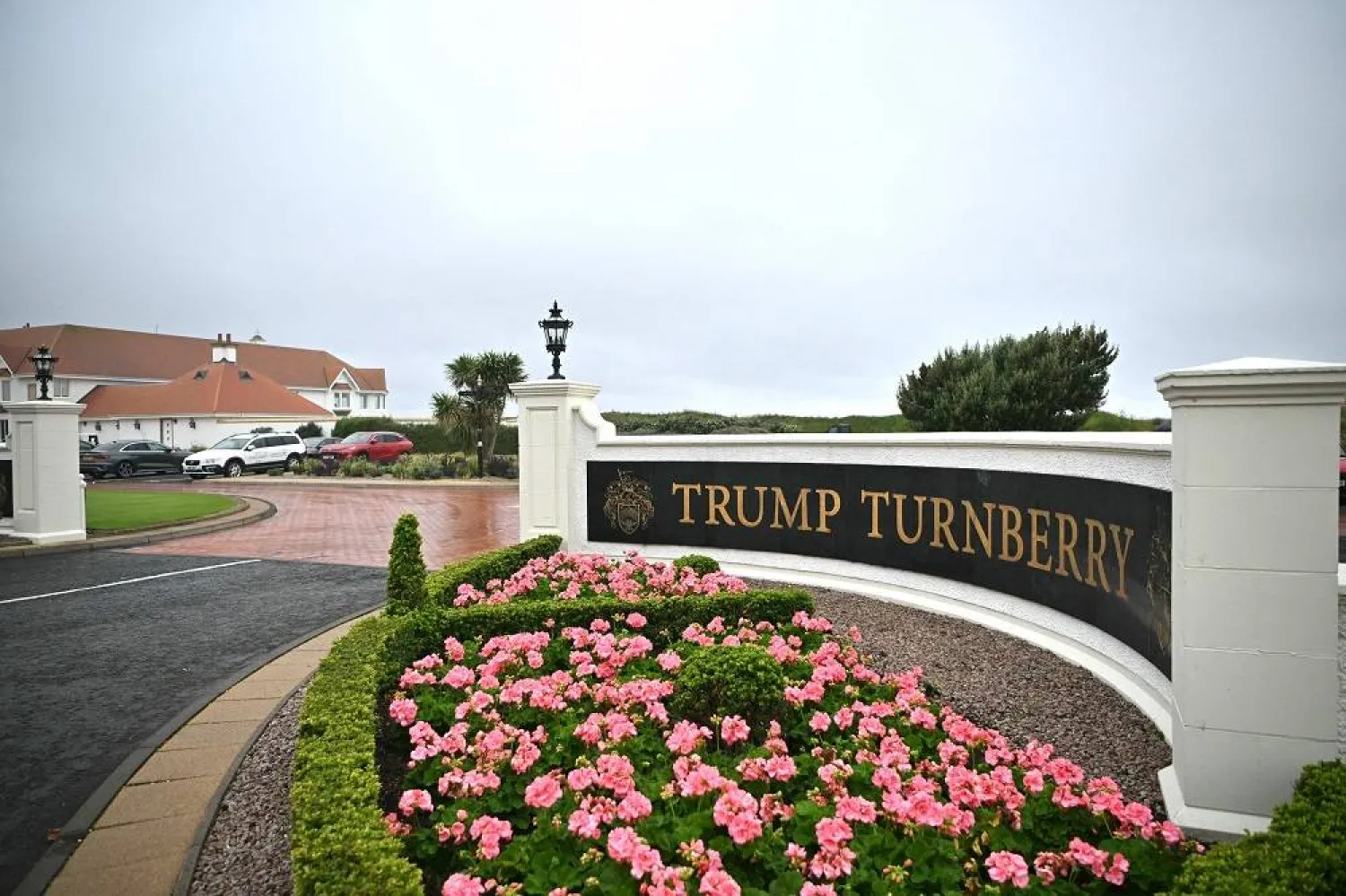As scientists raced to confront the coronavirus, Johns Hopkins University’s name stood out as one of the most prominent sources of information on the pandemic’s spread, and the names of the scientists analyzing COVID-19 and studying its symptoms shined, as they developed one of the fastest and accurate tests to diagnose it.
Among those scientists is an Egyptian scientist who started working at Johns Hopkins University a few months ago and contributed to developing the diagnostic test that President Donald Trump considered to have “changed the rules of the game” of fighting the epidemic. Miss Mustapha and Karen Carroll, two epidemiologists at the university, developed the rapid test for detecting the coronavirus, providing a diagnosis within minutes.
Mustafa, an assistant professor of viral pathology at the Johns Hopkins University School of Medicine, spoke to Asharq Al-Awsat in an exclusive interview.
"When we started researching the novel virus, diagnostic tests were only available through the Centers for Disease Control and Prevention (CDC). It used to take a long time, as the tests had to be sent to the main laboratory or state laboratories. So we worked on developing a laboratory for analyzing samples and genetic material of the virus. We purchased the components from a pharmaceutical company and worked on developing the test until we were able to provide the test in mid-March”.
Mustapha considers that the virus spread across the world extensively and at an unexpected speed. Its symptoms resembled those of SARS, which broke out between 2002 and 2003 before research centers and universities managed to control its spread. COVID-19, on the other hand, is characterized by a more rapid spread and has infected many, especially those who have weak immune systems or other diseases that affect their respiratory system. This led some patients to need ventilators.
Dr. Mustafa emphasized that “social distancing is necessary and effective in reducing the spread of the virus and no hospital in the world is capable of providing enough ventilators for the massive number of victims at once”. She adds, “We did not expect this disease to become a pandemic, and so medical laboratories were unable to meet the increasing need for tests.
We worked for three days straight to develop a rapid test and conducted experiments in order to ensure its clinical accuracy. The test is based on a Polymerase Chain Reaction (PCR) that amplifies a small sample of genetic material obtained from the mouth or nose, and this allows the virologist to use specific computer software to determine whether the virus’s genetic material is present in the sample or not”.
The Egyptian scientist says: “On the first day we ran 50 samples, and in the following days our capacity expanded to 180 tests a day, then a thousand, and now we can run 1500 tests a day”.
Dr. Mustapha, who worked quietly alongside her colleagues to move the fight against the pandemic a step forward, comes from an Egyptian family and lived in Alexandria, where she graduated from the University of Alexandria’s Faculty of Medicine in 2004 and then went to the United States with her husband after obtaining a Ph.D. scholarship. She applied for her doctorate five years later, and then worked on "para flu" and influenza research at St. Jude Hospital, Tennessee
Later, Hiba Mustafa applied to a two-year scholarship at the University of Rochester in New York to study chemistry and microbiology and was among 12 scientists who were selected every year across the entire United States. This allowed her to earn a degree in Clinical Microbiology, and when Johns Hopkins University announced a vacancy at its Department of Microbiology, she applied for the job and was accepted in 2019.
Dr. Mustafa ruled out that the virus may evolve into a more dangerous and widespread virus while the death rate declines, but pointed out that eradicating it will not happen before reaching an effective vaccine, which is estimated to take at least one year.
She says: “The current research looks at the effect the virus has on the immune system, and the required medication to fight it, and at what part of the immune system needs to be boosted to fight the virus. We hope that the social distancing policy will continue until the rate of new cases declines and effective treatments and a vaccine are reached”.







